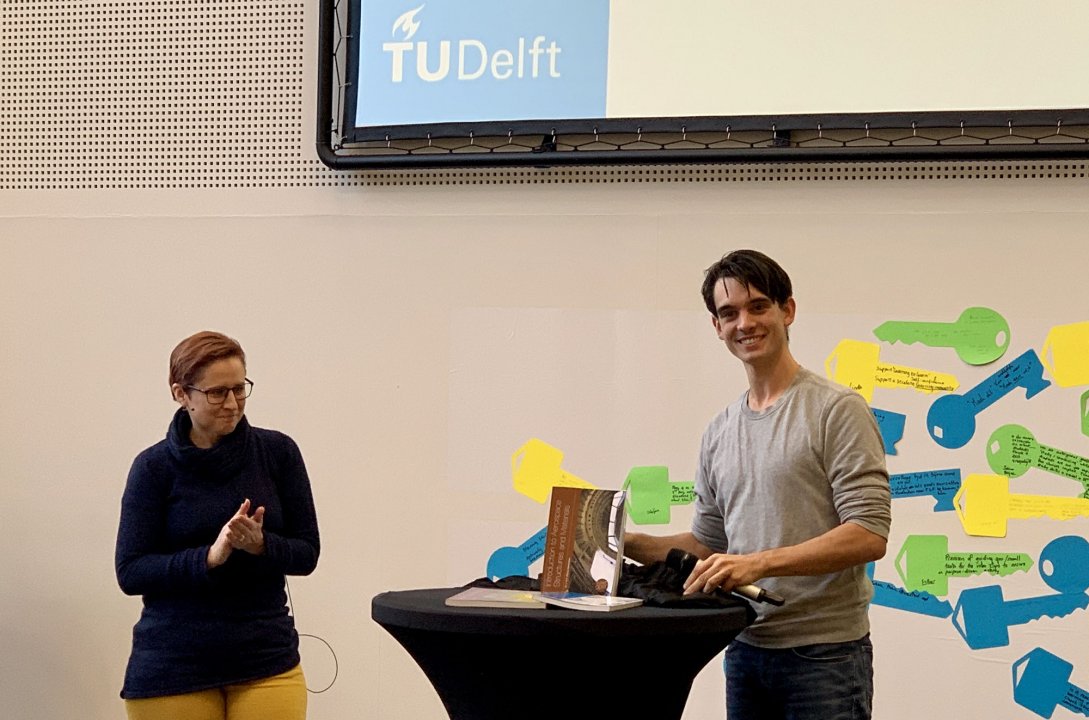Educational Resources in the US
Babson Research group published an interesting report on the use of educational resources in US Higher education.
The study shows multiple factors are in place to support rapid future increases in awareness and use of OER:
- Faculty and department chairpersons believe that the high cost of course material has a negative impact on student access.
- The 5Rs that underpin OER (Retain, Reuse, Revise, Remix and Redistribute) are a perfect match to the extensive use of 'revise' and 'remix' that faculty are already practicing.
- Faculty members express considerable resentment towards commercial publishers over price and unnecessarily frequent updates, among other issues.
- Faculty report a growing acceptance (or even preference) for digital materials.
- The 'open' a spect of OER resonates with faculty; they see it as an excellent match to academic principles
Key findings from the report:
- Faculty awareness of OER has increased every year, with 46 percent of faculty now aware of open educational resources, up from 34 percent three years ago.
- For the first time, more faculty express a preference for digital material over print in the classroom.
- 61 percent of a ll faculty, 71 percent of those teaching large enrollment introductory courses, and 73 percent of department chairpersons, "Strongly Agree" or "Agree" that "the cost of course materials is a serious problem for my students."
- Department chairpersons overwhelmingly believe that making textbooks less expensive for students would be the most important improvement to course materials.
- Less than one -in-five faculty members are aware of any departmental-, institution-, or system -level initiative to deal with the cost of course materials.
- Faculty are acting independently to control costs by supporting used textbooks and rental programs, placing copies on reserve, and selecting material s based on cost.
- Overall faculty satisfaction with required textbooks is high, with over 80 percent either "Extremely Satisfied" or "Moderately Satisfied." That said, faculty express considerable resentment about price, unnecessary frequent updates, and other issues with commercial textbooks.
- Faculty often make changes to their textbooks, presenting material in a different order (70 percent), skipping sections (68 percent), replacing content with their own (45 percent), replacing with content from others (41 percent), correcting errors (21 percent), or revising textbook material (20 percent).
It is really good to see the growing awareness of OER in the US.
I would be interested to see how these number relate to Dutch higher education.
TU Delft
The TU Delft strategic framework states that we want to replace commercial textbooks by open resources in all BSc programmes as much as possible. Last month we released the first 4 open textbooks. The are available on textbooks.open.tudelft.nl.

Full Report PDF: Freeing the Textbook: Open Education Resources in U.S. Higher Education, 2018 (pdf)
Image design by Mark Favazza. CC-BY-NC-SA Babson Survey Research Group
No feedback yet
Form is loading...
